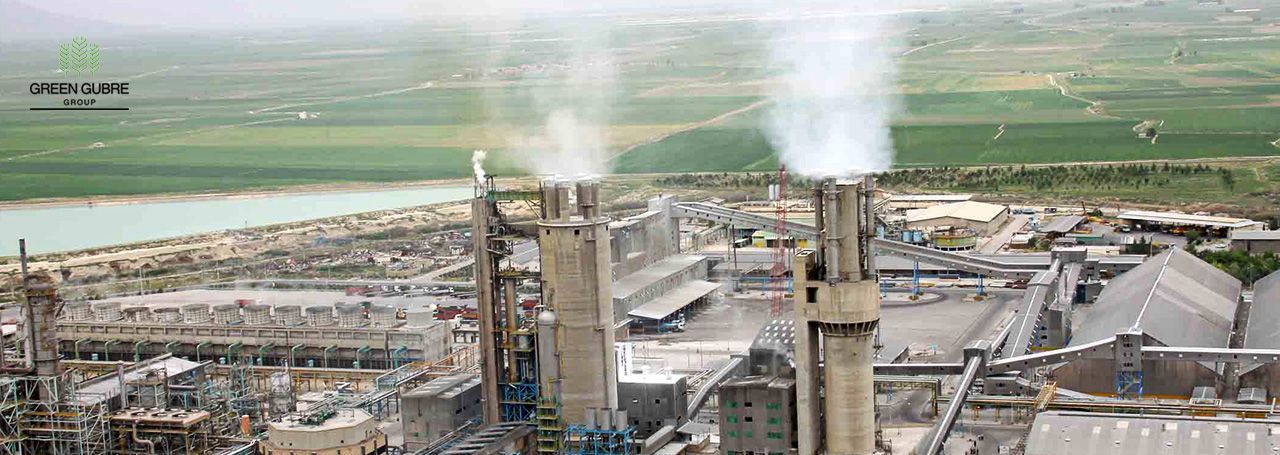How Petrochemicals Impact Urea Production
Author name
How Petrochemicals Impact Urea Production: Energy, Environment, and Economics

- The production of
urea is closely tied to the petrochemical industry. Understanding the relationship between petrochemicals and urea production is essential for optimizing efficiency and sustainability. In this blog post, we will delve into how petrochemicals impact urea production, focusing on energy consumption, environmental considerations, and economic factors.
- Energy Consumption:
High Energy Demand: Urea production is energy-intensive, requiring significant amounts of natural gas. The process involves converting natural gas into ammonia, which is then used to produce urea. - Efficiency Improvements: Advances in petrochemical processes can reduce the energy footprint of
urea production. Implementing more efficient technologies can lower energy consumption and reduce production costs.
- Environmental Considerations:
Reducing Emissions and Waste: Advances in petrochemical technologies can help reduce emissions and waste associated with urea production. Using cleaner production methods can minimize the environmental impact. - Carbon Capture and Storage (CCS):
The use of carbon capture and storage (CCS) technologies can mitigate the environmental impact of urea production by capturing carbon dioxide emissions and storing them safely.
- Economic Factors:
Feedstock Price Fluctuations: Fluctuations in petrochemical feedstock prices can affect urea production costs. Natural gas prices, in particular, have a direct impact on the cost of producing urea. - Industry Growth: The growth of the petrochemical industry influences the availability and cost of raw materials for urea production. Increased demand for petrochemicals can drive up prices, affecting urea production economics.
Understanding the interplay between petrochemicals and urea production highlights the importance of innovation and efficiency in both industries. By improving energy efficiency, adopting environmentally friendly practices, and navigating economic factors, the urea production process can become more sustainable and cost-effective.




